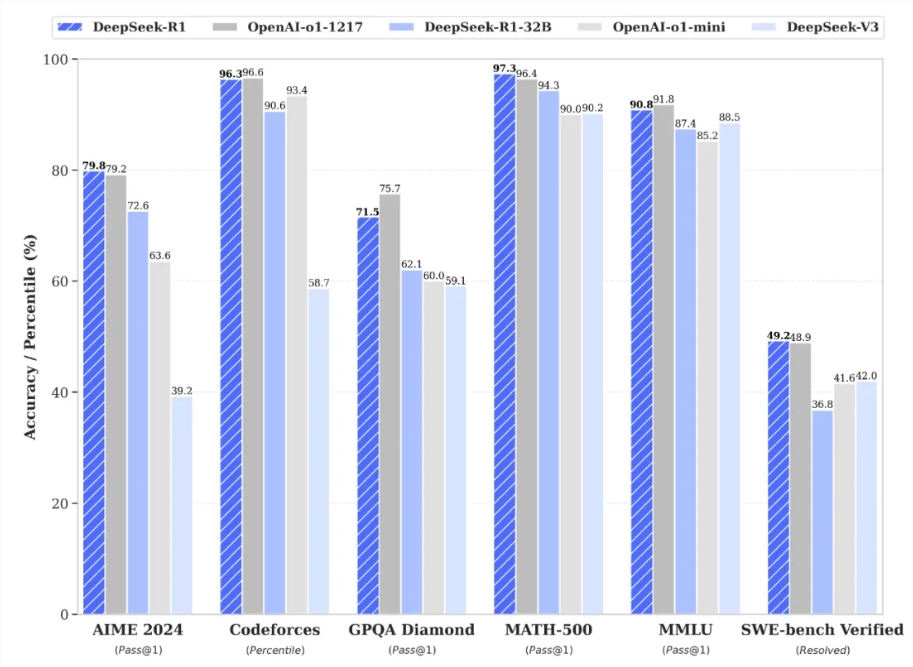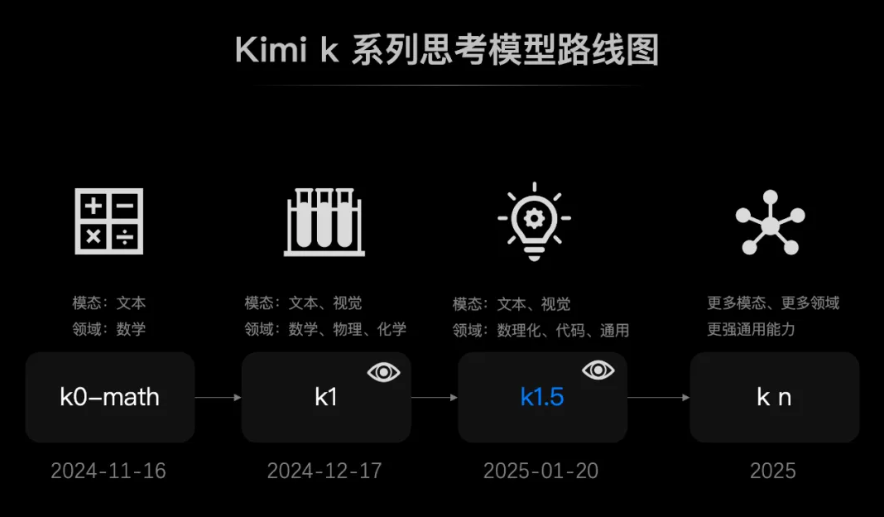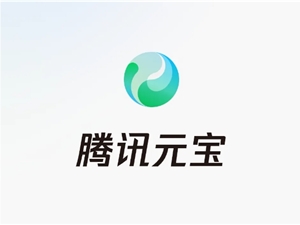As global competition in the field of artificial intelligence intensifies, domestic AI models are rising rapidly. Recently, the domestic AI "trio"—DeepSeek, Kimi, and MiniMax—have successively released new versions, demonstrating potential to compete with OpenAI's GPT series.
On January 20, DeepSeek officially launched DeepSeek-R1 and simultaneously open-sourced the model weights. DeepSeek-R1 significantly enhances the model's reasoning ability through the extensive use of reinforcement learning techniques during the post-training phase, utilizing very few labeled data. According to its testing data, the model outperformed OpenAI's o1 version on several standard tests, including the AIME2024, MATH-500, and SWE-bench Verified, showcasing strong capabilities in mathematics, coding, and natural language reasoning.

On the same day, Kimi also launched its brand new SOTA model—k1.5 multimodal thinking model. Kimi officials stated that this model has reached the level of OpenAI's o1 official version in the long-CoT mode, and significantly outperforms existing top models in the short-CoT mode regarding mathematical, coding, and visual multimodal capabilities, surpassing GPT-4o and Claude3.5Sonnet.

Meanwhile, MiniMax's Minimax-01 model, released on January 15, also performed excellently, showing performance comparable to GPT-4o and Claude3.5-Sonnet in several standard tests, particularly excelling in long context handling. The performance of these three domestic AI products indicates rapid advancements in domestic technology.
At the same time, DeepSeek's API service pricing is highly competitive, significantly lower than OpenAI's pricing. For instance, DeepSeek-R1 charges only 1 yuan for every million input tokens, while OpenAI's GPT-o1 costs 15 dollars (approximately 110 yuan), giving DeepSeek a clear advantage in terms of cost-effectiveness.
The rise of domestic large models is not just a competition at the technical level; the demand for computing power has surged as well. Industry insiders predict that with the continuous growth of market demand, China will encounter new development opportunities in computing power infrastructure in the future. Major companies like ByteDance and Xiaomi are also actively positioning themselves to enhance domestic computing power infrastructure, making future competition increasingly fierce.
The rapid development of domestic AI is exciting, and it remains to be seen whether it can compete on equal footing with OpenAI in the future, or even go further. Let's wait and see.



